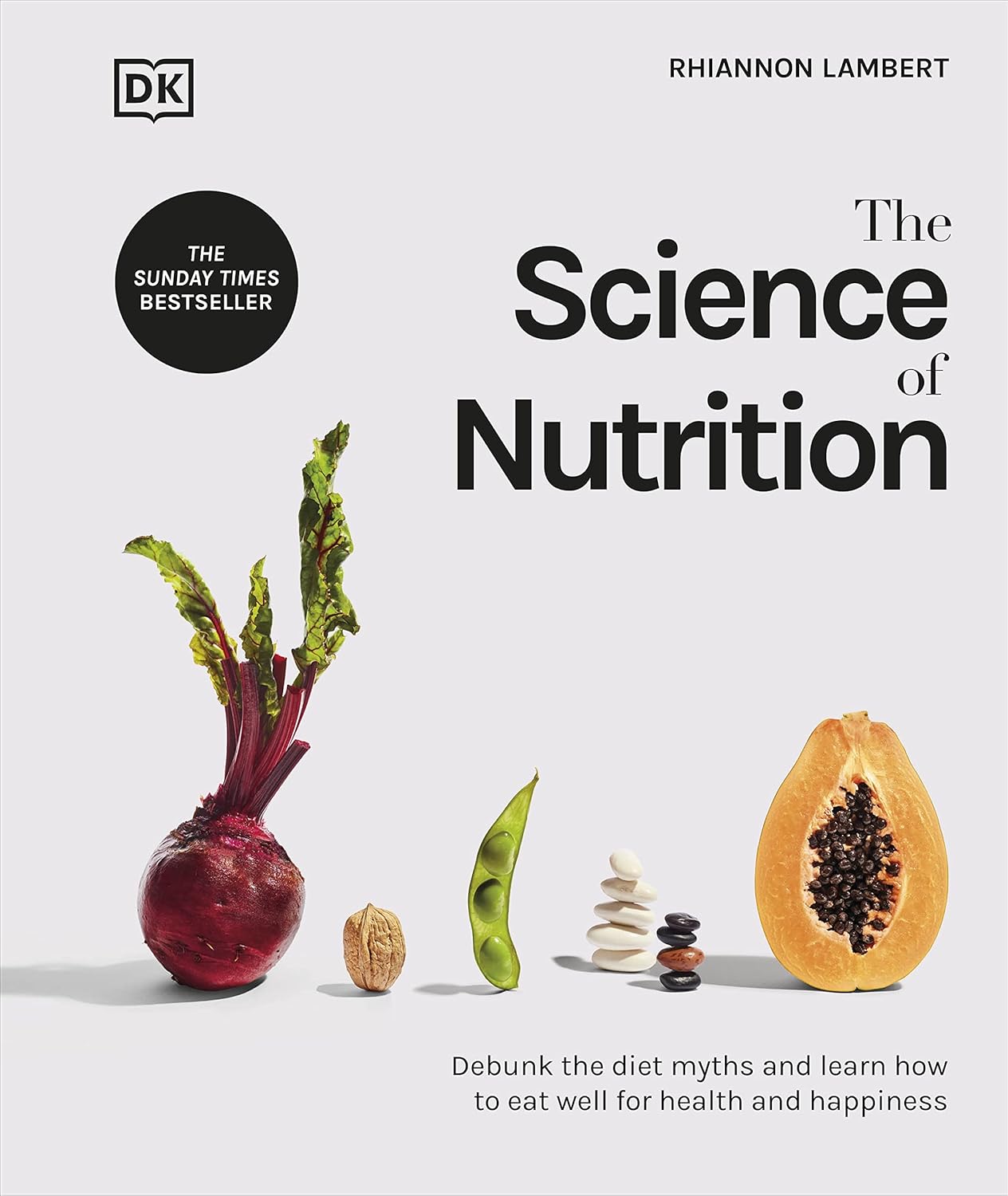
The Science of Nutrition: Debunk the Diet Myths and Learn How to Eat Well for Health and Happiness
FREE Shipping
The Science of Nutrition: Debunk the Diet Myths and Learn How to Eat Well for Health and Happiness
- Brand: Unbranded

Description
These nutrient classes can be further broken down into two categories – macronutrients and micronutrients. Martin, Mark O. (2002). "Predatory prokaryotes: an emerging research opportunity". Journal of Molecular Microbiology and Biotechnology. 4 (5): 467–477. ISSN 1464-1801. PMID 12432957. Archived from the original on 3 August 2022 . Retrieved 6 August 2022.
Johnson-Greene, C. (Jun, 2018). ‘Processed foods: 5 reasons to avoid them’. Retrieved from University Health News. Jenny Walton is Head of Commercialization and Scaling at HarvestPlus. She is a registered nutritionist with over 25 years’ experience working on food system transformation from the food industry and latterly food research organizations.Recognising that there is no one-size-fits all approach when it comes to nutrition, ‘The Science of Nutrition: Debunk the Diet Myths and Learn How to Eat Well for Health and Happiness’ is a ground-breaking book that cuts through the noise of conflicting diet advice, debunking popular food myths to redefine nutrition in the modern world. Kenneth J. Carpenter (1 October 2003): A Short History of Nutritional Science: Part 3 (1912–1944). In: The Journal of Nutrition, Volume 133, Issue 10, October 2003, pp. 3023–3032, doi: https://doi.org/10.1093/jn/133.10.3023 Nusrat has a keen interest in reducing health inequalities in the UK, through the education of patients and health care professionals (HCP). She is a director of Nutribytes, a platform sharing evidence-based nutrition education for HCPs. Fungi are chemoheterotrophs that consume external matter for energy. Most fungi absorb matter through the root-like mycelium, which grows through the organism's source of nutrients and can extend indefinitely. The fungus excretes extracellular enzymes to break down surrounding matter and then absorbs the nutrients through the cell wall. Fungi can be parasitic, saprophytic, or symbiotic. Parasitic fungi attach and feed on living hosts, such as animals, plants, or other fungi. Saprophytic fungi feed on dead and decomposing organisms. Symbiotic fungi grow around other organisms and exchange nutrients with them. [48] Protist [ edit ]
This free course, The s cience of nutrition and healthy eating, will help you to answer these questions. All macronutrients except water are required by the body for energy, however, this is not their sole physiological function. The energy provided by macronutrients in food is measured in kilocalories, usually called Calories, where 1 Calorie is the amount of energy required to raise 1 kilogram of water by 1 degree Celsius. [22]Nordqvist, C.(Sep, 2017). ‘Nutrition: what it is and why is it important?’. Retrieved from MedicalNewsToday.
- Fruugo ID: 258392218-563234582
- EAN: 764486781913
-
Sold by: Fruugo
